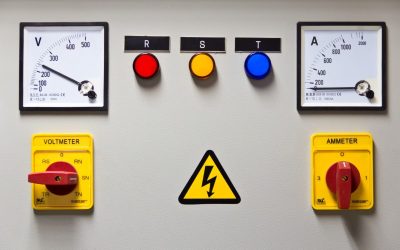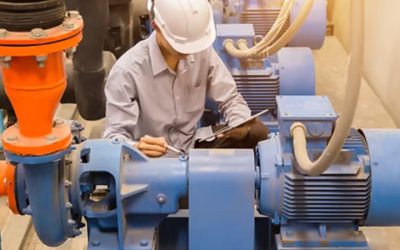Have you ever seen those cameras which photograph anything that gives off heat? Equipment like the Fluke thermal camera can produce strange and colorful images and these images can be very useful for a wide range of applications. But how do they really work? Let’s talk about the development of thermal or infrared technology to help you understand the issue a little better.
Infrared Technology
If you want to detect heat, you need special equipment and this is where infrared or heat technology comes into play. Infrared cameras have lenses which focus these waves of energy onto a sensor and the sensor has to ability to turn heat into electrical energy which can be measured.
Infrared technology utilizes colors and the warmer something is, the more variance in color it will be. For example, a person standing against a building may be white while the building is gray and this can help to determine the shape and size of the person.
Not Really New
Although technology like the Fluke thermal camera is relatively new, infrared technology has been with us since its discovery at the turn of the 19th century. Sir William Hershel is credited with discovering infrared rays. This led to the invention of the thermocouple in the year 1829. Later a physicist from Italy named Macedonio Melloni discovered that radiant heat could be reflected, refracted and even polarized just like light rays. About the same time, a man called Langley invented a measuring device called a bolometer which was capable of reading radiation from as far away as 1300 feet (400 meters). The bolometer proved radiation detection could be very precise (as sensitive as .01 a degree Centigrade).
In the early 20th Century infrared technology was used to detect icebergs from steamships. By the mid 1930s this technology was detecting forest fires and starting to see use in the steel industry.
About this time, the military became interested in infrared technology and the first thermal video camera was invented for use in detecting enemy aircraft in Britain.
After the Second World War, thermographic cameras started seeing a lot of use. Within a few decades these cameras were solid state and capable of a wide range of functions. By the 1990s many manufacturing and processing businesses were seeing the benefits of infrared technology for diagnostics and environmental control.
In the 21st Century firefighters, electric power technicians and the construction industry are finding many good uses for equipment like the Fluke thermal camera. As each year passes, more and more businesses are turning to this rapidly developing technology.



